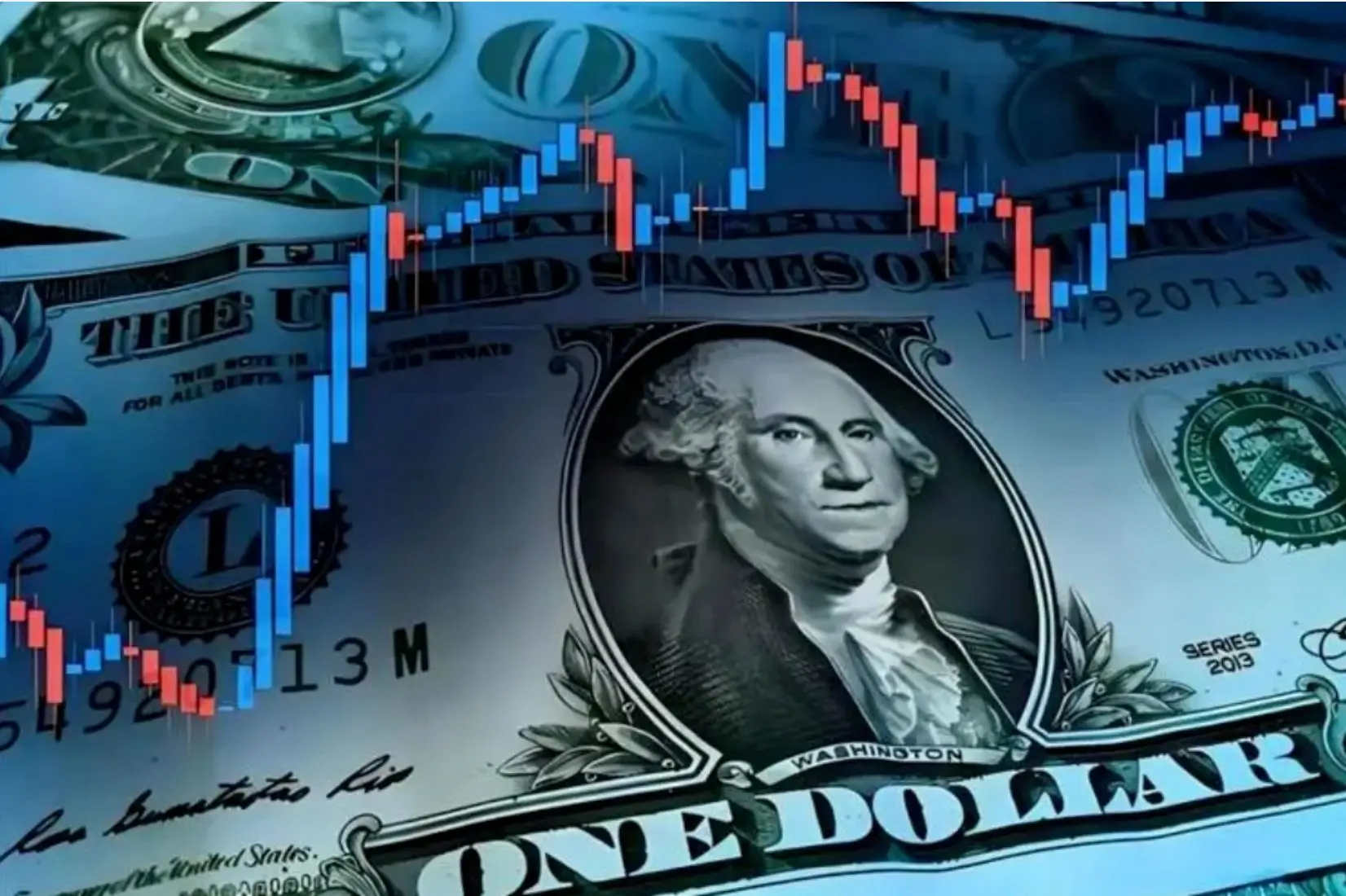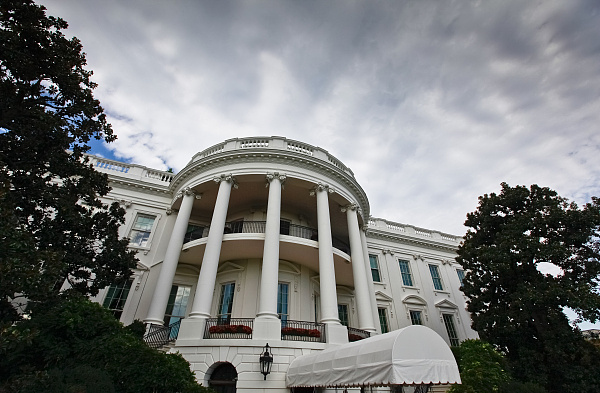
In September of this year, the Federal Reserve announced a 25 basis point reduction in the target range for the federal funds rate to 4.0% to 4.25%, marking its first restart of a rate cut cycle since December 2024 and signaling a formal shift towards loose global liquidity conditions. As the core monetary policy operation under the US dollar hegemony system, this interest rate cut is like a "giant rock" invested in the global financial market. It not only stimulates asset price restructuring opportunities through liquidity release, but also triggers chain risks due to policy differentiation and credit concerns. Its impact is continuing to spread along the three main lines of capital flow, asset pricing, and monetary pattern.
The redistribution of liquidity has become the most direct impact of this round of interest rate cuts, and global capital has begun a rebalancing process from US dollar assets to non US assets. The Federal Reserve's interest rate cut directly lowered the yield on US dollar assets, breaking the capital accumulation effect supported by the previous "American exceptionalism". Data shows that since 2025, the proportion of funds attracted by US stock funds to the total inflow of global stock funds has decreased from 72% last year to less than 50%. As of September 16th, the MSCI Global (excluding the US) Index has risen by 22.7%, significantly outperforming the 12.5% increase in the MSCI US Index. This capital migration is particularly crucial for emerging markets: historical experience has shown that during the downward phase of the US dollar index, emerging markets usually perform better than developed markets, and after this interest rate cut, the debt interest burden denominated in US dollars in emerging markets has been reduced, further enhancing asset attractiveness.
The pricing logic of major asset classes has been reshaped, forming a pattern of "growth stocks leading the rise, gold under pressure, and bond market differentiation". For the US stock market, interest rate cuts boost profit expectations by reducing corporate financing costs, especially for interest rate sensitive growth sectors such as technology stocks. However, high valuation risks pose a constraint - the current P/E ratio of the S&P 500 index is 29.2 times, at a historical high of 96% since 1990, and the downward pressure cannot be ignored. China's assets ushered in the double catalysis of liquidity and valuation repair. Hong Kong shares benefited from the resonance of global capital return and mainland profit inflection point. A-share technology stocks became capital favored due to high growth elasticity, and the narrowing of the interest margin between China and the United States also opened space for the downward trend of China's treasury bond bond yield. The gold market exhibits short-term volatility characteristics: the real interest rate decline caused by interest rate cuts should have supported gold prices, but the rebound in risk appetite has weakened their safe haven attributes. However, global central banks continue to purchase gold, forming long-term support. 95% of surveyed central banks expect to continue to increase their holdings of gold in the next 12 months.
It is worth noting that the positive effects of this round of interest rate cuts have been weakened by multiple risk factors, and the global financial market still faces uncertainty. The primary risk comes from policy divergence: as the Federal Reserve starts easing, the European Central Bank may delay interest rate cuts due to the stickiness of inflation in the eurozone. This misalignment of monetary policy will limit the depreciation of the US dollar, thereby weakening the boost effect on emerging markets. Secondly, there is the complexity of the fundamentals of the US economy. This interest rate cut is classified as a "risk management style cut", reflecting the dual pressure of a weak job market and fluctuating inflation. If the economy falls into "stagflation", it will trigger the risk of global demand contraction. Finally, there is the volatility of capital flows. If emerging markets fail to effectively guide the inflow of capital to support the real economy, it may lead to an asset foam. However, according to the data of the U.S. Department of Finance, the net inflow of international capital in the United States has declined by 20.7% month on month in the first half of 2025, and the characteristics of fast inflow and fast outflow of capital are obvious.
Overall, the impact of this round of Federal Reserve interest rate cuts on global finance presents a structural feature of "opportunities and risks coexisting". In the short term, loose liquidity is driving global asset allocation rebalancing, providing opportunities for valuation repair for assets in emerging markets and non US developed markets. Chinese assets have benefited significantly from this process. However, in the long run, concerns about US dollar credit, lack of policy coordination, and fluctuations in capital flows may dissolve some of the loose dividends. For countries, the key is to grasp the policy window period: emerging markets need to strengthen capital regulation and financial stability mechanisms, and China can optimize its monetary policy by narrowing interest rate differentials; For investors, it is necessary to abandon one-sided optimistic expectations and seek a balance between beneficial products such as technology stocks and gold and defensive assets.
Against the backdrop of the fundamental change in the dominance of the US dollar and the sluggish global economic recovery, the Fed's interest rate cuts are both a "rain" for liquidity and a "catalyst" for risk. The ultimate impact depends not only on the pace of subsequent interest rate cuts, but also on whether countries can find a balance between openness and stability, growth and security. The battle to reshape the global financial landscape has just begun.

Below is the English translation of the text, with precise handling of political terms, consistent sentence structures, and preservation of the original’s analytical tone and logical flow:
Below is the English translation of the text, with precise …
On December 15 local time, Trump took the British Broadcast…
In recent years, the application of artificial intelligence…
According to Yahoo US media reports, the recent remarks of …
After 11 years of waiting in the deep sea, we finally have …
On December 17, 2025, the newly renovated American "Preside…